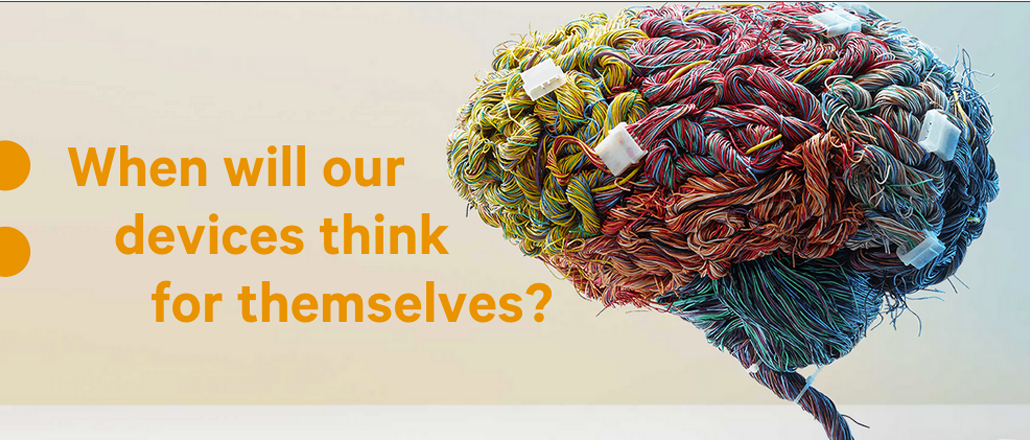
Publishers like to bemoan the state of display ads. Some are taking matters into their own hands.
Sites such as Vox Media and Quartz are creating many of the ads that run on their sites, betting that the ads will fit better with their environments and tie into their content-management systems seamlessly. Custom display ads aren’t new, of course, and many attempts have foundered on account of scalability concerns. But for Vox, which gets 53 million unique visitors a month, per comScore, across its eight properties, scale is a red herring.
“We’re finding the scale within the network,” said Michael Hadgis, Vox Media’s vp of global revenue and partnerships. He said that while Vox’s high-impact ads are currently limited to its own sites, extending their reach off-platform was “definitely a possibility” down the line. Around 75 percent of campaigns on Vox Media run its custom units, which are built by Vox’s 27-person creative team.
Better targeting is also core to the pitch. Vox says that because its ads are built on its Chorus CMS, advertisers can better target their custom ads to readers based off their interests, which the company says increases click-through compared to regular banners. “If we didn’t build around user experience, impact and performance, these would just be regular ad units,” said Hadgis.

Ad position: web_incontent_pos1
Quartz, which has also built a business around its custom ads hasn’t run a standard size IAB unit since its launch in 2012. Despite that, brand interest in its custom ad unit, dubbed “Engage,” has increased at a steady clip. While Quartz ran just four campaigns in 2012, it’s run more than 70 campaigns in the first half of this year. Around 90 percent of its partner brands have re-subscribed.
Quartz’s success with the format feels unlikely. With standard display units, a brand doesn’t have to create a new ad specific to every publisher it advertises with. Custom units, in contrast, take more creative overhead and are limited to the small handful of sites that run them. Quartz said that 65 percent of its advertisers ask it to design and engineer their custom units. Five to 10 percent build their own ads from start to finish, using preexisting assets.
The process is relatively high-touch compared to the automated ad serving world. Quartz’s client services team, which is larger than its sales team (Joy Robins, Quartz’s head of global advertising and strategy, wouldn’t give an exact number) works alongside the brand or its creative agency, which typically run Quartz ads as a part of larger campaigns. The entire process can take a few days for existing clients and up to a few weeks for new ones.
Ad position: web_incontent_pos2
One issue is portability. Robins said that it’s not easy to port Quartz ads to other formats, thought few advertisers have attempted to do so. These sorts of creation and scale questions around high-impact ads have been significant enough that they’ve given rise to companies such as Undertone, which says its tech both makes it easier for brands to get onboard by streamlining the creation of high-impact formats.
“There’s no question that exclusively running custom ads has prevented us from running with a few brands,” said Robins, “But not as many as you might think.”
More in Media

NewFronts Briefing: Samsung, Condé Nast, Roku focus presentations on new ad formats and category-specific inventory
Day two of IAB’s NewFronts featured presentations from Samsung, Condé Nast and Roku, highlighting new partnerships, ad formats and inventory, as well as new AI capabilities.

The Athletic to raise ad prices as it paces to hit 3 million newsletter subscribers
The New York Times’ sports site The Athletic is about to hit 3 million total newsletter subscribers. It plans to raise ad prices as as a result of this nearly 20% year over year increase.

NewFronts Briefing: Google, Vizio and news publishers pitch marketers with new ad offerings and range of content categories
Day one of the 2024 IAB NewFronts featured presentations from Google and Vizio, as well as a spotlight on news publishers.
Ad position: web_bfu